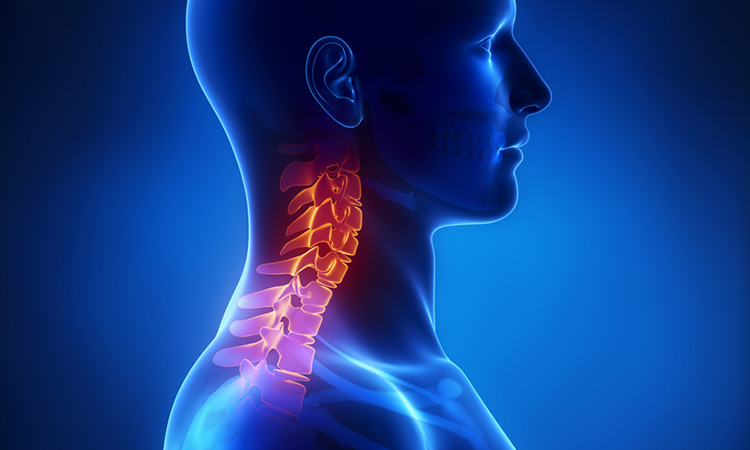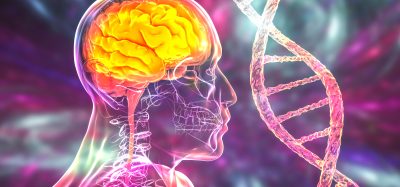Researchers develop comprehensive database of head and neck cancer
Posted: 8 January 2021 | Victoria Rees (Drug Target Review) | No comments yet
A new study has revealed a range of genomic, proteomic and transcriptomic data about head and neck cancers, presenting possible treatment strategies.


Researchers have clarified the contribution of key cancer-associated genes, proteins and signalling pathways in the most common type of head and neck cancers, while proposing possible new treatment avenues.
The study was conducted at the Johns Hopkins Kimmel Cancer Center at the Johns Hopkins University School of Medicine, US.
The team say that their investigation of HPV-negative head and neck squamous cell carcinomas (HNSCCs) involved tumours from 108 patients who had not yet received cancer treatment and 66 samples of healthy tissue surrounding the tumours. The study systematically catalogued HPV-negative HNSCC-associated proteins, phosphosites and signalling pathways, finding three distinct subtypes of HNSCCs. The researchers used the most advanced genomic and proteomic technologies available to investigate the HNSCC proteogenomic characteristics, including genomics, epigenomics, transcriptomics and proteomics and phosphoproteomics.
HNSCCs arise in the cells that line the upper aerodigestive tract, including the lips, mouth, tongue, nose, throat, vocal cords and part of the oesophagus and windpipe. The first subtype of HNSCC identified by the researchers, dubbed CIN, showed the worst prognosis. It was associated with the larynx, a strong history of smoking and high instability of chromosomes. As this subtype was associated with frequent aberrations of the CCND1 and CDKN2A genes and high activity of the enzymes CDK4 and CDK6, the team say this type of cancer may respond best to CDK4/6 inhibitors.
The second subtype, dubbed Basal, showed protein elevations of several basal factors, the most basic set of proteins needed to activate gene transcription. It was characterised by high activity in a signalling pathway called epidermal growth factor receptor (EGFR) and high expression of molecules called AREG and TNFA, which attach to the EGFR tumour protein. Therefore, researchers say, these cancers may respond best to monoclonal antibodies (mAbs) that are aimed at EGFR.
The third subtype, called Immune, was found among tumours in people who did not smoke and showed high expression of multiple immune checkpoint proteins. The researchers say these tumours may best respond to immune checkpoint inhibitors. Overall, 32 percent of CIN tumours, 62 percent of Basal tumours and 83 percent of Immune tumours had high potential for the suggested treatments.
The scientists also found two modes of activation of EGFR, suggesting a new strategy to stratify HNSCCs based on the number of molecules bound to the receptor, for effective treatment with mAbs that enlist the natural immune system to fight cancer. Additionally, they noted that widespread deletion of immune modulatory genes among these cancers accounts for a loss of ability to produce an immune response.
“This study extends our biological understanding of HPV-negative HNSCCs and generates therapeutic hypotheses that may serve as the basis for future studies and clinical trials toward molecularly guided precision medicine treatment of this aggressive cancer type,” said Dr Daniel Chan, principal investigator of the study.
“Previously, patients would be treated using different options, but there was no systematic way to know which treatment would be the best option for certain patients,” said Dr Hui Zhang, co-principal investigator of the study.
The findings were published in Cancer Cell.
Related topics
Disease Research, Drug Targets, Epigenetics, Genomics, Proteomics, Research & Development
Related conditions
Head and Neck cancer
Related organisations
John Hopkins University
Related people
Dr Daniel Chan, Dr Hui Zhang








